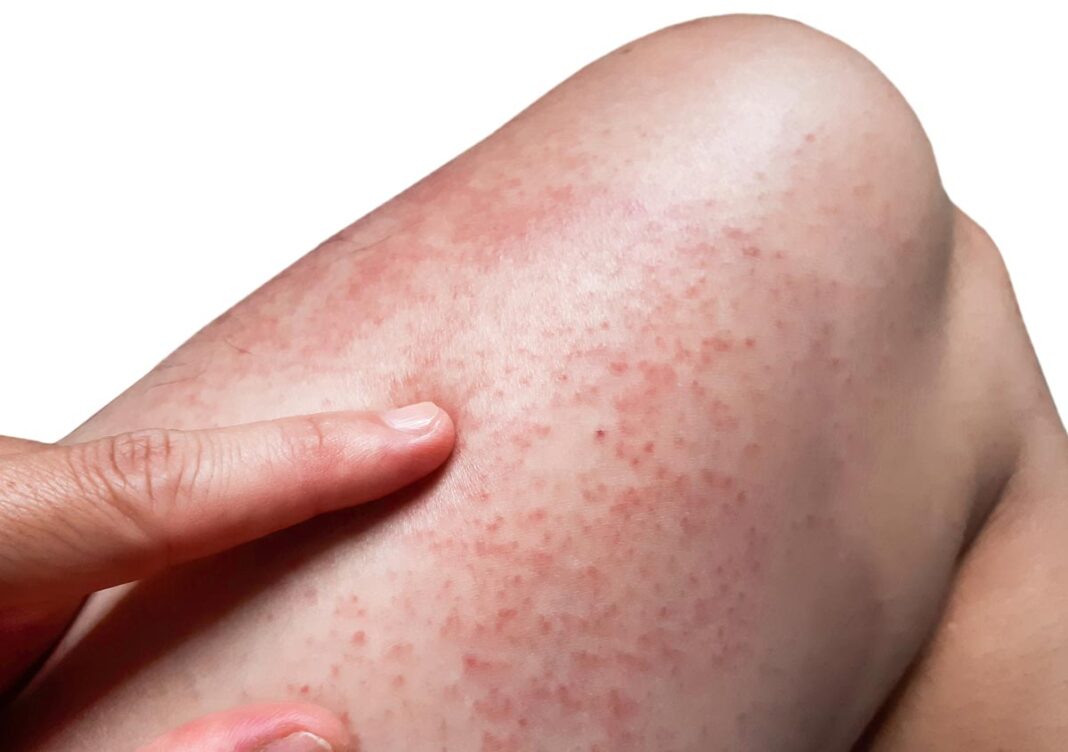Inside Education Reporter
As winter ended and spring entered with sunny pleasantness, thousands of “attackers” sprang into action to plague the part of the population that suffers from allergies and hay fever.
According to Prof Frank Neumann, subject chair for geology and soil sciences at the North-West University’s (NWU’s) School for Geo- and Spatial Sciences, these assailants have one thing in common: they are mostly alien pollen that should not have been in South Africa in the first place.
They come from plants that are often under climatic stress because they are unsuited to this climate, and constantly release high amounts of pollen at short intervals.
“These culprits are exotic trees and plants found in South African gardens originating from Europe, Asia and North America in the Northern Hemisphere. They pollinate from August onwards, with fungi joining soon after the first spring rains.”
These pollen producers are like a who’s who list of popular trees and garden plants, and include the London plane tree, mulberry, birch, cypress and oak. Add grass pollen and spores of fungi to the mix and you have a potent cocktail for allergic discomfort.
Ragweed, a North American weed also known as Ambrosia, is adding its highly allergenic pollen to the mix, especially in the area in Potchefstroom where Prof Neumann and his students are measuring pollen counts for research purposes, as well as contributing data to the Real Pollen Count website*.
He says the ragweed counts reach moderate levels in Potchefstroom and are much higher than in the rest of South Africa so far. “Ragweed pollen is highly allergenic and there seem to be high occurrences of the pollen close to our sampling site. This was supported by a local general practitioner and allergologist, Dr Jurgen Staats, who found indications of allergenicity here in the local population during skin prick tests.”
Prof Neumann is a palynologist** who works in aerobiology and says their work is all about measuring allergy-causing pollen spores in the atmosphere.
Identifying and measuring airborne pollen and fungal spores (aerospora) is a pioneering aerobiological project in the North West province. It was initiated on 15 November 2022. Dr Dorra Gharbi, an aerobiologist, started measuring the atmosphere’s aerospora (pollen and fungal spores) as part of the project.
A state-of-the-art seven-day volumetric spore trap has been installed on the roof of one of the NWU’s buildings to determine exactly which kinds of allergenic pollen are prevalent on certain days and in what quantities.
The project is still in its infancy and part of the nationwide South African Pollen Network (SAPNET). Its principal investigators are Prof Jonny Peter and Dr Dilys Berman from the Lung Institute Allergy and Immunology Clinic at the University of Cape Town. Prof Neumann says once they have a dataset for a full year, they will be able to identify allergenic weeds, trees and trends more accurately.
The team members include Nikiwe Ndlovu, the technician responsible for the weekly collection of the samples from the spore trap at the NWU.
“The drum of the spore trap rotates two millimetres every hour of the day so that the trap can continuously collect pollen, fungal material and dust spores from the air,” she says. “We collect these samples every Monday and process the data daily. We then examine the microscopic slides through a light microscope and count how much pollen we find in each day’s sample from specific trees and herbs.”







